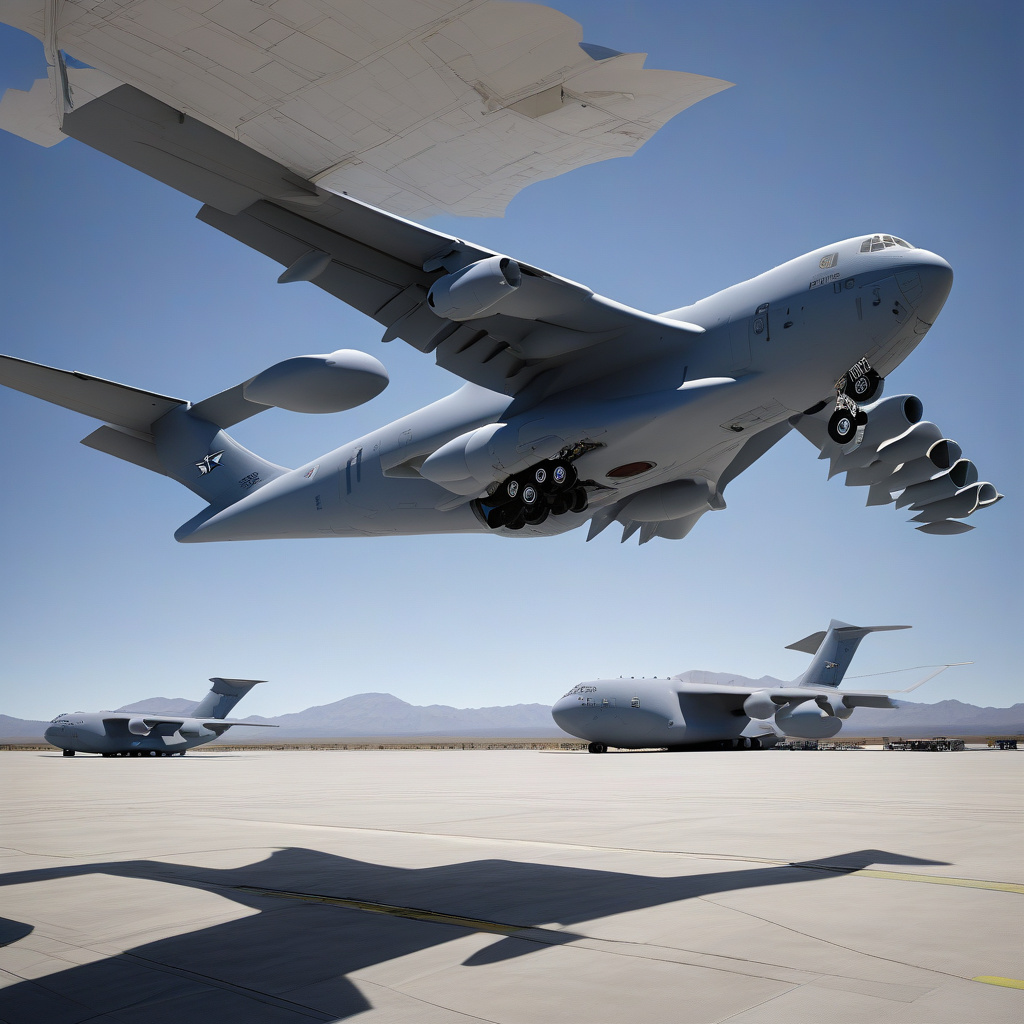US Air Force Enhances C-17 Efficiency with 3D-Printed Blades, Saving $14M Annually
At Stewart Air National Guard Base, the U.S. Air Force’s 105th Airlift Wing (AW) is revolutionizing aircraft maintenance by incorporating 3D-printed blades into its C-17 Globemaster III engines. This innovative approach not only optimizes the aircraft’s performance but also results in significant cost savings, with an estimated $14 million to be saved annually.
The decision to introduce 3D-printed blades marks a pivotal moment in the Air Force’s ongoing efforts to enhance operational efficiency and embrace cutting-edge technologies. By leveraging additive manufacturing techniques, the 105th AW has unlocked a new level of flexibility and precision in maintaining its fleet of C-17 aircraft. These advanced blades are not only lighter and more durable than traditional counterparts but also tailored to meet the specific needs of each engine, thus improving overall performance and fuel efficiency.
One of the key advantages of using 3D-printed blades lies in the speed and cost-effectiveness of production. Unlike conventional manufacturing methods that often involve lengthy lead times and high production costs, additive manufacturing allows for rapid prototyping and on-demand production of complex components. This means that maintenance crews can quickly replace damaged blades without the need for extensive downtime, ultimately enhancing aircraft readiness and mission success rates.
Moreover, the adoption of 3D-printed blades aligns with the Air Force’s broader sustainability goals. By reducing the weight of engine components and improving fuel efficiency, the 105th AW is not only cutting operational costs but also decreasing its environmental footprint. This dual benefit underscores the Air Force’s commitment to leveraging technology for both strategic and eco-friendly purposes, setting a new standard for modern military aviation.
The successful integration of 3D-printed blades into the C-17 Globemaster III engines at Stewart Air National Guard Base serves as a testament to the power of innovation and collaboration within the military sector. By partnering with industry leaders in additive manufacturing and investing in cutting-edge solutions, the Air Force is paving the way for a more agile, cost-effective, and sustainable fleet of aircraft.
Looking ahead, the 105th AW’s initiative is poised to inspire similar advancements across the U.S. military, driving a wave of technological innovation that promises to reshape the future of aviation maintenance. As additive manufacturing continues to evolve and expand its capabilities, the possibilities for enhancing aircraft efficiency and performance are virtually limitless, offering a glimpse into a new era of aerospace engineering.
In conclusion, the US Air Force’s decision to enhance C-17 efficiency with 3D-printed blades represents a transformative leap forward in aircraft maintenance practices. By harnessing the power of additive manufacturing, the Air Force is not only saving millions of dollars annually but also unlocking a new realm of operational possibilities. As the aviation industry continues to evolve, the integration of cutting-edge technologies like 3D printing will play a pivotal role in shaping the future of military aviation.
#USAirForce, #C17Efficiency, #3DPrintedBlades, #AircraftMaintenance, #MilitaryInnovation












